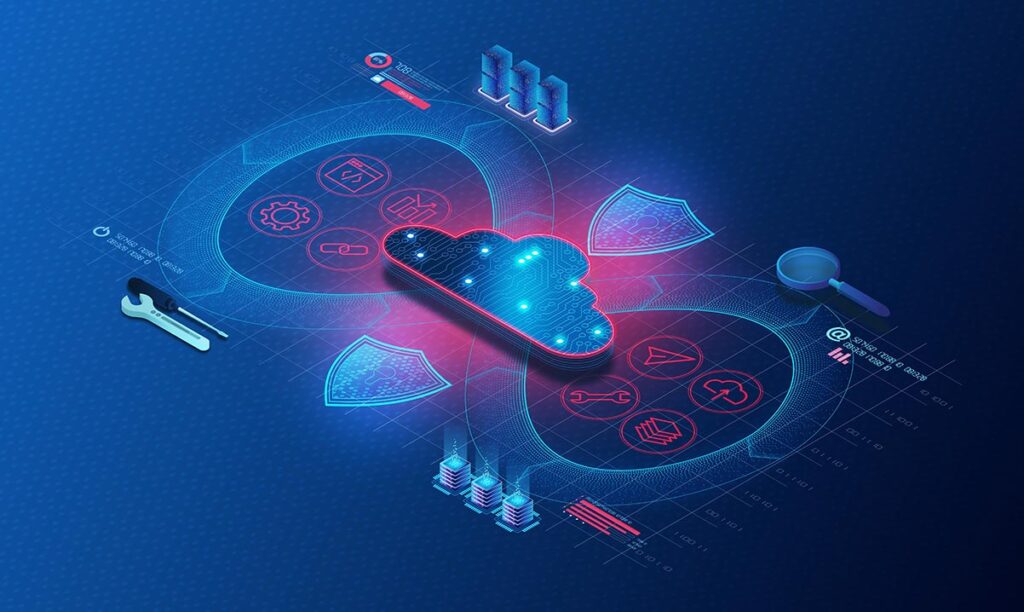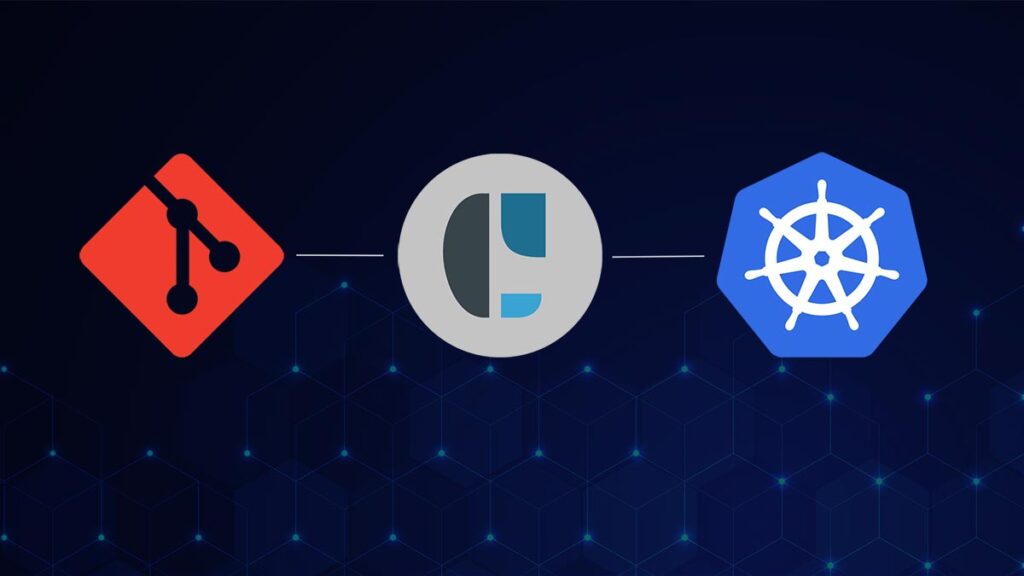Continuous Deployment (CD) automates and streamlines the delivery of code updates from development to production. It ensures new features, bug fixes, or improvements swiftly reach end-users, cutting down on manual intervention and boosting the speed and reliability of software releases.
Continuous Deployment vs Continuous Delivery
Continuous Deployment and Continuous Delivery (CD) are often mixed up, but they’re not the same. Continuous Delivery lets you automatically deliver software to any environment at any time. The catch? The final decision to push to production is manual, allowing thorough testing in a staging area before unleashing changes on the live environment. Think of Continuous Deployment like a bookstore stocking new books automatically versus Continuous Delivery, which sets up a “New Arrivals” display for customers to choose from manually.
Where Continuous Deployment Shines for Software Teams
Frequent Releases
CD streamlines deploying features, bug fixes, or improvements, making it a breeze for teams aiming for regular releases.
Reducing Time-to-Market
For fast-paced industries seeking a competitive edge, CD minimizes the time for new features to hit end-users.
Automated Testing Practices
Supporting comprehensive testing and quality, CD ensures thorough code validation before deployment, reducing the risk of issues in production.
Managing Scale and Complexit
CD suits projects with large-scale or complex architectures, especially when paired with container orchestration tools like Kubernetes.
Expediting Feedback Loop
CD enables a rapid feedback loop, gathering real-user feedback as soon as new features deploy for quick iteration and data-driven decisions.
Risk Mitigation
CD reduces the likelihood of human errors during releases, employing practices like canary releases or feature toggles for added risk mitigation.
Enhanced Collaboration and Improved Accountability
CD fosters collaboration between development, testing, and operations teams, dismantling silos and enhancing communication. It builds a culture of continuous improvement and shared accountability, addressing issues early in development for better software quality.
While CD offers numerous benefits, DevOps Managers should evaluate the specific needs, goals, and constraints of their teams, considering regulatory requirements or specialized deployment scenarios.
Kubernetes & Continuous Deployment: Managing Scale and Complexity
Kubernetes is a powerhouse for Continuous Deployment (CD), especially when navigating scale and complexity. Here’s why
Efficient Scaling
Automated and dynamic scaling allows applications to adapt seamlessly to changing demand in CD environments.
Declarative Configuration
Simplifies complex deployments by specifying desired state for applications and infrastructure in configuration files.
Rolling Deployments
Supports gradual updates, minimizing user impact and maintaining availability during Continuous Deployment
Resource Management
Efficiently allocates CPU and memory resources, optimizing performance and preventing bottlenecks in large-scale deployments
Service Discovery and Load Balancing
Automates service discovery and load balancing, vital for consistent performance in complex microservices architectures.
Health Checks and Self-Healing
Monitors application health, automatically restarting or replacing failed instances for enhanced system reliability.
Immutable Infrastructure
Promotes the use of immutable infrastructure, enhancing predictability, scalability, and reliability in large-scale deployments.
Extensibility and Ecosystem
Boasts a rich ecosystem of plugins, extensions, and integrations, tailoring CD pipelines to meet specific scale and complexity requirements.
Challenges of Using Kubernetes for Continuous Deployment
Implementing Kubernetes for Continuous Deployment (CD) brings benefits but also challenges for DevOps managers
Complexity and Learning Curve
Kubernetes has a learning curve; teams need training to manage it effectively.
Cultural Shift
Introducing Kubernetes frequently necessitates a cultural shift. Enabling communication and collaboration between development and operations teams is crucial to ensure a seamless transition.
Integration with Existing Systems
Integrating Kubernetes into existing systems poses challenges; smooth integration with CI/CD systems and other DevOps processes is crucial.
Resource Requirements
Running Kubernetes clusters demands careful planning for hardware and operational resources, especially in large-scale deployments.
Managing Configurations
Declarative configuration is a strength, but managing configurations for numerous microservices can get complex. Robust strategies and tools are necessary for consistency.
Monitoring and Debugging
Monitoring and debugging microservices in a Kubernetes environment can be challenging, requiring effective solutions and practices.
Security Concerns
Kubernetes security is an area that requires close attention. DevOps managers need to put in place best practices and stay up-to-date on security patches.
Networking Challenges
Networking complexities in Kubernetes require addressing challenges to ensure seamless communication and avoid bottlenecks.
Rollback Strategies
While Kubernetes supports rolling deployments, defining and implementing effective rollback strategies is crucial for unforeseen issues.
Cost Management
Running Kubernetes clusters can incur costs. DevOps managers need to optimize resource utilization and monitor expenses effectively.
Addressing these challenges involves careful planning, ongoing training, and a proactive approach to monitoring and optimization. DevOps managers should consider these factors to leverage Kubernetes successfully in a Continuous Deployment pipeline and maximize the benefits of container orchestration.
Conclusion
Continuous Deployment and Kubernetes are powerful allies for DevOps Managers striving for faster, more reliable software releases. While challenges exist, understanding and addressing them will pave the way for a streamlined and efficient Continuous Deployment process, unleashing the full potential of modern software development practices.

CAEPE Continuous Deployment
Manage workloads on Kubernetes anywhere robustly and securely.
- Shores up security by simplifying deployment anywhere, supporting managed services, native Kubernetes, self-hosted, edge and secure airgapped deployment targets.
- Supports GitOps and provides guided, UI-driven workflows for all major progressive delivery strategies.
- Has RBAC built-in, providing inherent enterprise access control for who can deploy.
- Supports extended testing capabilities enabling your team to run different tests quickly and easily.


